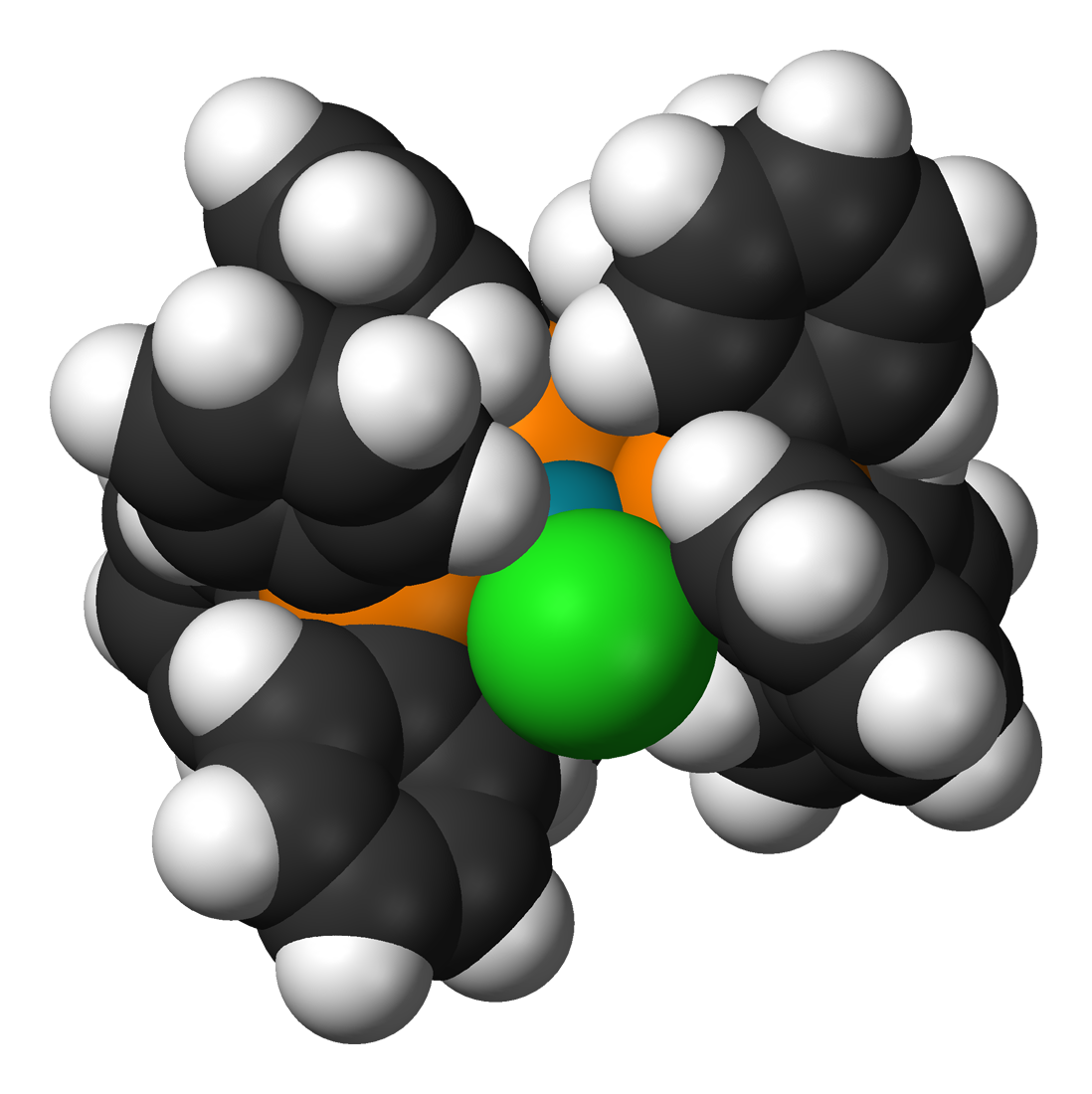Nanocatalysis is a combination of two growing areas of catalysis and the new nanotechnology Nano Catalyst (PhD in Nano-Microelectronics)
Researcher and author: Dr. ( Afshin Rashid)

Note: Catalysts were among the first applications of nanotechnology on an industrial scale. The use of fine particles in heterogeneous catalysis reduces the volume of the catalyst and allows the optimal use of the active component.
Nanocatalysis is a rapidly growing field that includes the use of nanomaterials as catalysts for a variety of homogeneous and heterogeneous decomposition applications. Heterogeneous analysis is one of the oldest commercial practices in nanoscience. Nanoparticles of metals, semiconductors, oxides and other compounds have been widely used for important chemical reactions. Most commercial catalysts are still produced by "mixing, shaking and sintering" mixtures of several different components. Their nanoscale structures are not well controlled and the synthesis-structure-performance relationships are not well understood. Due to their complex physical and chemical properties at the nanometer scale, even the characterization of the various active sites of most commercial catalysts is unattainable.

A major goal of nanocatalysts is to produce 100% selectable catalysts with extremely high activity, low energy consumption and long service life. This can only be achieved by precisely controlling the size, shape, spatial distribution, surface and electronic composition, and thermal and chemical stability of individual nanocomponents.There has been an explosive growth in both homogeneous and heterogeneous decomposition. Because nanoparticles have a large surface-to-volume ratio compared to bulk materials, they are attractive candidates for use as catalysts. In homogeneous catalysis, transition metal nanoparticles are used as catalysts in colloidal solutions. In this type of catalysis, colloidal transfer metal nanoparticles are well dispersed in an organic or aqueous solution or a solvent mixture. Colloidal nanoparticle solutions must be stabilized to prevent the accumulation of nanoparticles as well as potentially recyclable catalysts. Metal colloids are very efficient catalysts because there are many atoms on the surface of nanoparticles. The method used in the synthesis of transfer metal nanoparticles in colloidal solutions is very important for catalytic applications. The reduction method used forms the size and shape of the transfer metal nanoparticles, which are very important in catalytic applications. The various reduction methods used for the synthesis of colloidal transfer metal nanoparticles for homogeneous decomposition are summarized below. Chemical reduction of transition metal precursor salts is the most widely used method of synthesizing transfer metal nanocatalysts in colloidal solution. There are four other synthetic methods for preparing colloidal transfer nanocatalysts that are not commonly used.

Conclusion :
Catalysts were among the first applications of nanotechnology on an industrial scale. The use of fine particles in heterogeneous catalysis reduces the volume of the catalyst and allows the optimal use of the active component.
Researcher and author: Dr. ( Afshin Rashid)
PhD in Nano-Microelectronics




